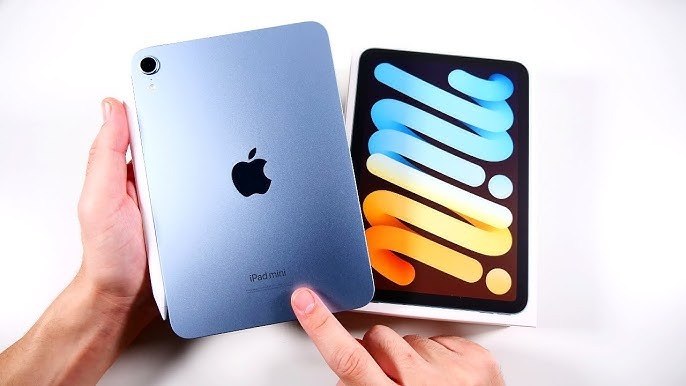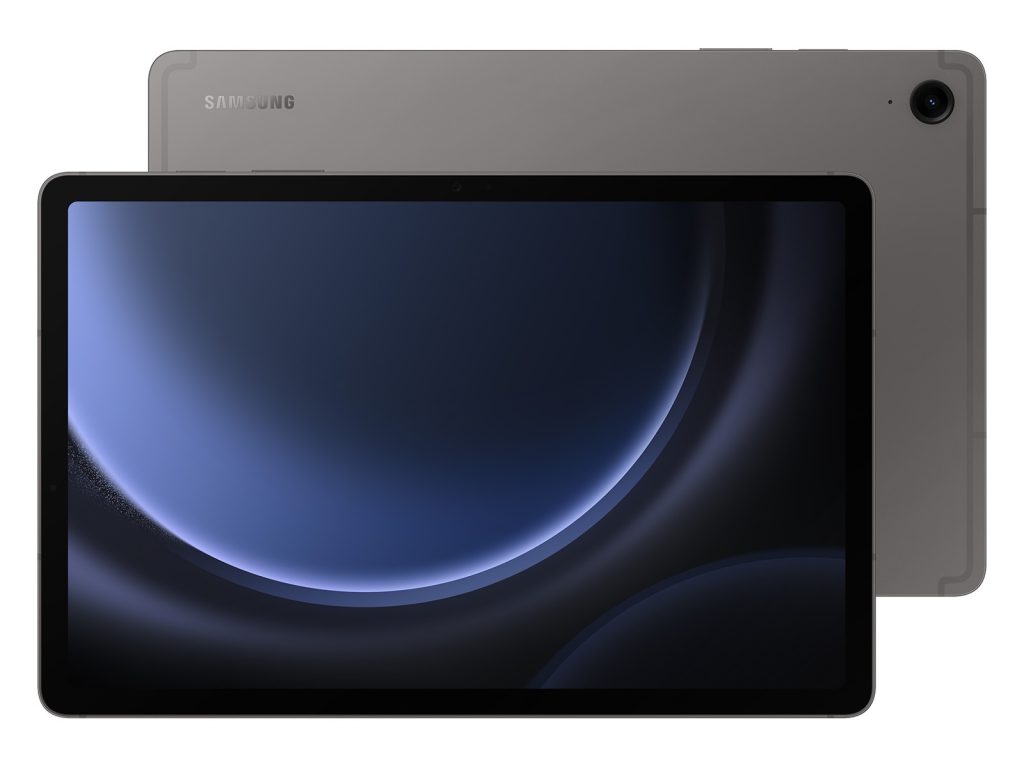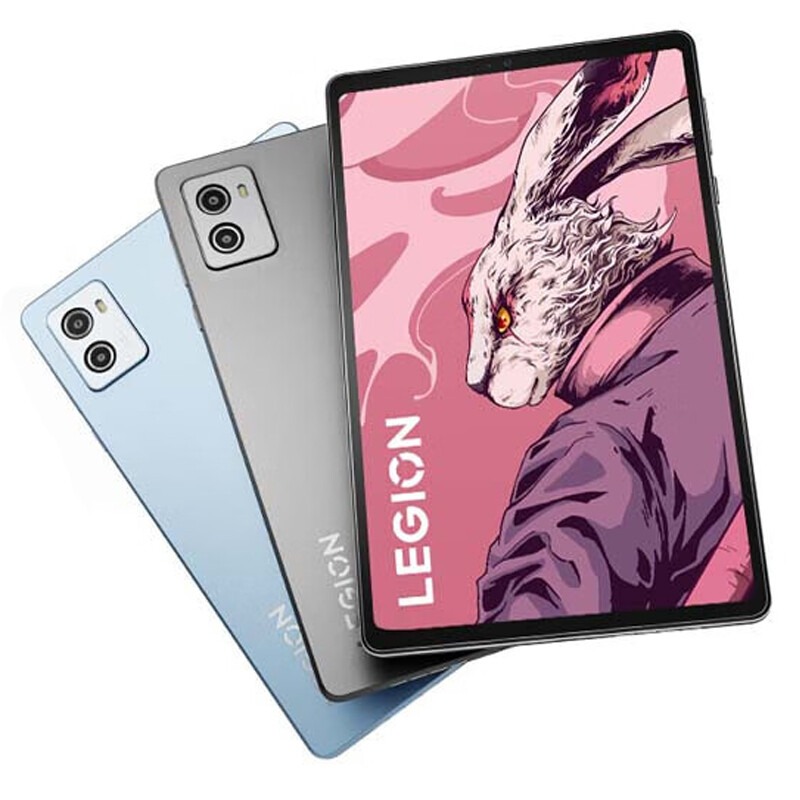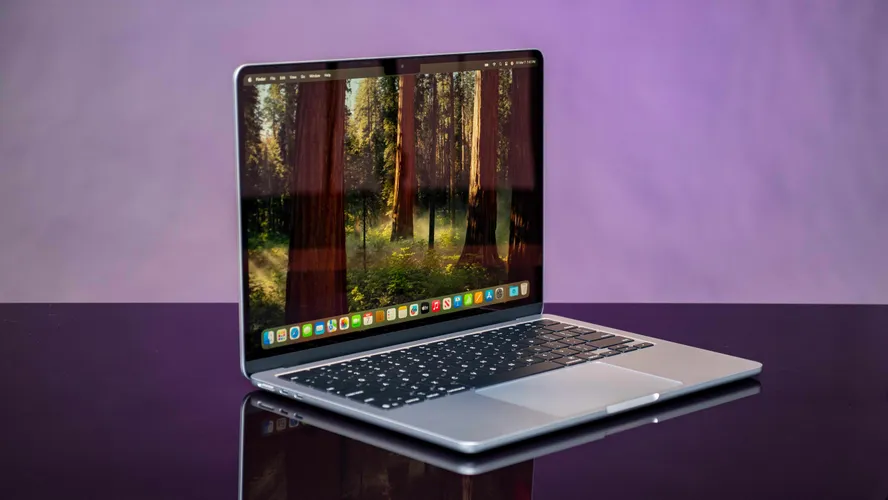
In a world of ever-larger smartphones and 14-inch laptops, there’s something to be said for a tablet that’s just the right size. A small tablet (typically under ~10 inches) offers portability, ease of use one-handed (or at least comfortably two-handed), and a lightweight form factor that makes it ideal for reading, travel, media-consumption, or as a secondary device.
In 2025, small tablets have matured: you’ll find high-quality screens, strong performance, stylus support, and in some cases, nearly the same features as larger devices — just in a more compact package. According to recent round-ups, compact tablets are “making a strong comeback … packing flagship specs into compact frames” In this article we’ll:
- Explain why a small tablet might be the right choice for you.
- Lay out key features to consider before buying.
- Highlight top small tablet picks for 2025.
- Provide usage scenarios and tips for choosing the right size & specs.
Why Choose a Small Tablet?
Here are compelling reasons to go for a small tablet rather than a larger model:
- Portability & light weight: Smaller size = easier to carry around. Good for commuting, travel, or using tight spaces (e.g., plane seat, couch).
- Comfort for reading or one-handed use: A smaller footprint makes reading ebooks/comics, browsing, or note-taking more comfortable.
For example, a Reddit user wrote: “Extremely comfortable to hold … screen perfect size to read … one-handing it definitely feels like a chore” when size is too large. - Secondary device value: If you already have a smartphone and a laptop, a small tablet can hit the sweet spot between them—for media, casual gaming, drawing, or portable note-taking.
- Less overkill for certain uses: For tasks like reading, streaming or casual browsing you don’t necessarily need a 12″ tablet — smaller can be sufficient and more efficient.
That said, smaller size does mean some trade-offs: display real estate is limited, typing may be less comfortable, and sometimes battery & speakers may not be as large as in the big‐tablet models.
What to Look for in a Small Tablet (2025 Edition)
When shopping for a small tablet, here are important features that will affect your experience:
Size & Weight
- Screens around 7-10 inches are the “compact” zone.
- Weight – the lighter the better if you’ll hold it a lot.
- Aspect ratio & bezel: Some tablets pack more vertical/reading space with 4:3 or 3:2 ratios rather than wide 16:9.
Display Quality
- Resolution: Full HD (1080p) or higher is desirable for reading & media.
- Refresh rate: 90 Hz or 120 Hz make interaction smoother. One review indicates “small tablets … offering … high-refresh-rate OLED panels” in 2025.
- Panel type: OLED > LCD for contrast and deep blacks—but LCD can be fine depending on budget.
- Brightness: Important for outdoor use.
Performance & OS
- A capable processor (e.g., recent generation) to ensure snappy performance.
- Consider OS: iPadOS vs Android vs Windows (rare in small tablets) — app support, ecosystem, stylus/keyboard support will vary.
- RAM & storage: Minimum 6-8GB RAM recommended if you’ll multitask or keep it for years.
Battery & Connectivity
- Battery life: smaller size can mean smaller battery; check real-world usage.
- Connectivity: WiFi vs WiFi + Cellular (4G/5G); ports (USB-C), stylus support, keyboard accessory capability.
Extras
- Stylus/pen support if you intend to draw or take handwritten notes.
- Software update commitment (major plus for longevity).
- Build quality, speakers, accessory ecosystem.
Top Small Tablets to Consider in 2025
Here are some of the best small-tablet options for 2025 (or close to it), spanning different budgets and platforms.
1. Apple iPad Mini (7th Gen)

Why it stands out:
- The iPad Mini is often regarded as the gold standard for compact tablets. The 2024/2025 iteration supports the A17 Pro chip and offers a powerful “small” form factor — “one-hand comfortable” size.
- Excellent build quality, iPadOS ecosystem, full app support, great for reading, sketching (with Apple Pencil support) and portability.
Considerations:
- The price is higher than many Android alternatives.
- Screen size is small — great for portability but less for multitasking or large-screen content.
- Accessories (pencil, keyboard) are often sold separately.
Best for: Creativity on the go, reading, travel, and those invested in the Apple ecosystem.
2. Samsung Galaxy Tab S9 FE (small size variant)

Why it stands out:
- Offers high‐quality display, stylus (S Pen) support included, and Android flexibility. A recent article lists it as a top small tablet in 2025, with an 8.7″ Super AMOLED display, Snapdragon 7 Gen 1 processor, and up to ~12 hours battery life.
- Expandable storage (in many configs) and more Android freedom vs iPad.
Considerations:
- Smaller size may mean smaller battery than large tabs.
- The Android tablet ecosystem is still not as strong as the iPad when it comes to optimized apps (depending on region).
- Premium models can still cost quite a bit.
Best for: Android users who want a compact tablet with stylus/pen support and solid all-round performance.
3. Lenovo Legion Y700 (2025) – 8.8″ gaming‐compact

Why it stands out:
- One of the most interesting “small tablet”-form devices aimed at gaming and versatility. As noted: “The 8.8-inch LCD panel … paired with Snapdragon 8 Elite … small form factor that adapts to different roles.”
- Because it’s under 9″, it gives truly handheld comfort and strategy for portability + power.
Considerations:
- Price is relatively high compared to generic small tablets.
- While “small”, still bigger than ultra-mini 7″ class.
- Prioritises gaming performance; for casual media you might not need such power.
Best for: Compact gamers, media-doers who want near-laptop power in a very portable size.
4. Budget alternative: smaller Android / “mini” tablets
There are a number of sub-10″ tablets worth considering if budget is important and you don’t need the strongest performance. Blogs list examples such as the 8.7″ version of Galaxy Tab A9 or tablets in 8″ size.
Why they make sense:
- Very portable, often under ~$300 USD (depending on region).
- Good for reading, casual video, light gaming, travel.
- Save money vs flagship large tablets.
Considerations:
- Trade-offs: lower performance, possibly lower refresh rate, fewer updates.
- Smaller screen means less comfortable for multi-window multitasking or serious productivity.
Best for: Budget-conscious buyers, kids, media-only use, travel tablet.
How to Choose the Right Size & Model for You
Here are some questions to ask to pick your ideal small tablet:
- What will you use it for most?
- Reading / reading comics? → smaller size (8-9″) is ideal.
- Note taking / sketching? → stylus support matters, screen quality matters.
- Travel / portable secondary device? → weight & size are critical.
- Gaming / media / multitasking? → maybe slightly larger (9-10″) but still compact.
- Reading / reading comics? → smaller size (8-9″) is ideal.
- iPad vs Android (or other OS) preferences?
- If you’re deep in the Apple ecosystem → iPad Mini is natural.
- Android offers more variety in form factor & storage, but the app-tablet ecosystem may vary.
- Consider updating lifespan and accessory ecosystems.
- If you’re deep in the Apple ecosystem → iPad Mini is natural.
- Budget: Smaller size doesn’t always mean cheaper. Flagship small tablets cost a lot. Decide how much you’re willing to spend.
- Portability vs Screen-Real-Estate:
- The smaller the device, the easier to carry, but less screen space.
- For multitasking or note/work-heavy tasks, slightly larger may be better.
- The smaller the device, the easier to carry, but less screen space.
- Longevity: Consider devices with multiple years of update support, good build quality, and maybe stylus/keyboard accessory support so you can keep it longer.
- Accessories & Ecosystem:
- Does it support a reasonable stylus or keyboard if you need?
- How are the speakers? How bright is the display for outdoor use?
- Does it support a reasonable stylus or keyboard if you need?
Final Thoughts
If you’re looking for a small tablet in 2025 that doesn’t compromise too much, you’re in luck: the market now offers several mature, compact models important for portability without giving up much in capability.
- If budget allows and you want best in class: iPad Mini is tough to beat for compact size + power.
- If you prefer Android and want stylus/support: Galaxy Tab S9 FE (or similar size) offers a strong package.
- If you want something ultra-compact but powerful (especially for gaming or media): the Lenovo Legion Y700 (8.8″) brings small size + serious specs.
- If you’re simply after a compact media/reading/travel device and less concerned with heavy performance: one of the budget small-tablet options may suffice.
At the end of the day: pick the size that fits how and where you’ll use it the most. If you’re constantly on the go, reading, or want something one-hand comfortable for bed/couch use — a small tablet wins. For heavier work, a larger screen might still make sense.

